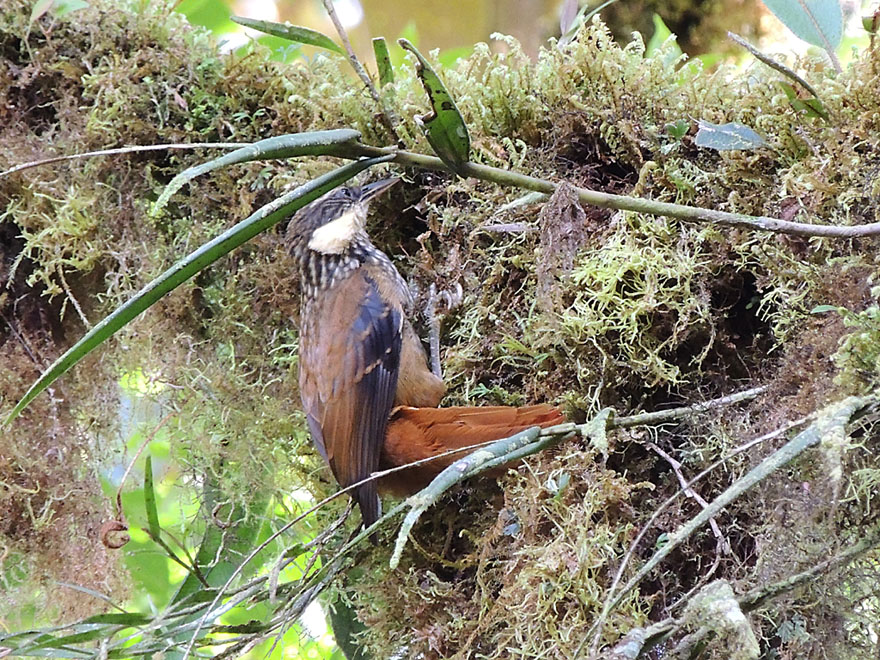Highway 2 is the road from Cartago through Costa Rica’s highest mountains to the Dota region, to the Cerro de la Muerte:

….and then Pérez Zeledón (aka San Isidro) and the southern Pacific. I received a kind invitation from a recently bereaved Santa Cruz family to accompany them to a restful and beautiful spot in the highland forest where you can fish and eat trout in a small restaurant or simply walk the forest paths. This turned out to be a truly wonderful experience, both for birdwatching and for being with friends old and new. Truchas Selva Madre https://www.facebook.com/pages/Truchas-Selva-Madre/146079908796432 is the name of the place. The main paths lead uphill at first and then enters the famous Tapantí National Park, which extends right down to the lowlands near Orosi.

Esteban Zúñiga Camacho https://www.facebook.com/chemaspepe/ of El Carmen de Santa Cruz supplied the photographs for this post on a visit where birding was merely incidental. The region’s main birding attraction is the Resplendent Quetzal (Pharomachrus mocinno) but the forest walk produced only one member of the trogon family, the Collared Trogon (Trogon collaris). There were at least two pairs close to the path, affording excellent views of both a male:

…. and a female:

The female, while still a very beautiful bird, lacks the shining green upper parts of the male. Trogons sit patiently waiting for their prey and thus if you can spot one you are generally able to observe closely.
Another collared bird is the resident highland warbler, the Collared Redstart (Myioborus torquatus). This common species is found from around 1500 m all the way up to timberline and is termed in Spanish ‘el amigo del hombre‘ (man’s friend). Its inquisitive nature makes it approach very closely to investigate even human intruders.

Zúñiga Camacho
Best birds of the walk, for my money, were a pair of nest-building Buffy Tuftedcheeks (Pseudocolaptes lawrencii), an uncommon highland species, but they couldn’t be captured by Esteban’s camera. Here’s a file photo showing the flared cheeks that give the species its name, supplied by Richard Garrigues, author of the standard field guide, The Birds of Costa Rica:

The final bird of the day at Truchas Selva Madre had excavated a hole in what seemed an iron-hard post close to where you park your car:

This highland woodpecker has a huge range from the southwestern United States right down south to Colombia.
Our party ended the day in spectacular fashion at dusk by driving to a lovely viewpoint just before Cerro de la Muerte, from which both the Caribbean and the Pacific Coasts can be seen:

https://www.facebook.com/chemaspepe/


Looks like a serene setting, perfect for admiring the flora and fauna while basking in friendship as they adjust to the loss of their loved one. That opening image is spectacular!
LikeLike
Wonderful people in charge of the place also. They treated us to coffee and cake, on the house, and we hadn’t even bought a meal!
LikeLike